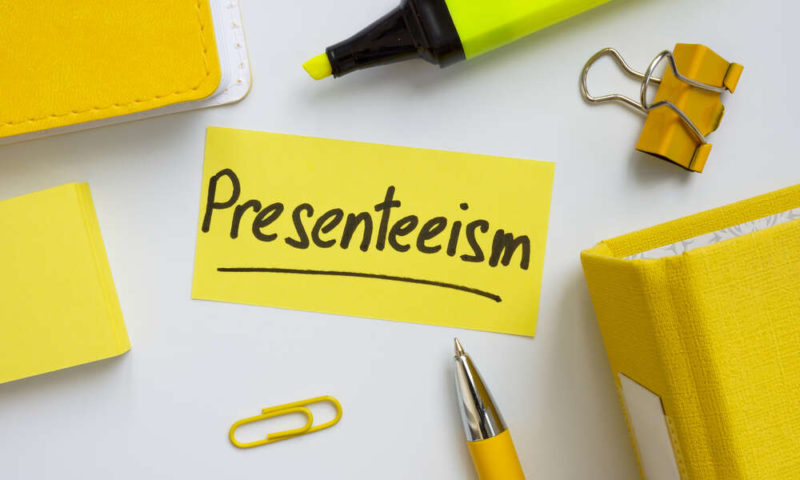
Workplace Pro Tip: Understand the Risks of “Presenteeism”
Just because employees show up for work every day doesn’t mean they’re working at their highest potential. Understand why never taking a day off can be just as bad as frequent absences.
Burnout, as you might have heard, is a major problem for many organizations amid the pandemic. But knowing the warning signs and factors that contribute to burnout can help you prevent issues in the future.
One of the leading indicators is something called presenteeism, or an employee coming to work but not fully engaging because of physical, mental, or emotional issues.
Spotting the signs early can be important in keeping presenteeism from getting worse.
What’s the Problem?
Presenteeism is complicated to detect because it isn’t about someone being physically absent or not doing their work; it’s about someone struggling to work at full capacity.
As the community resource platform G2 notes on its learning hub, key signs of presenteeism include visible illness, a low absence rate, low morale, and a decline in productivity.
“Even your highest-performing employee will likely struggle for motivation and the ability to knock tasks off their to-do list when they’re not feeling their best or are suffering from health problems,” G2’s Mara Calvello explained.
How Can You Resolve It?
Some of the challenges with presenteeism might be cultural; if employees feel like they have to be in the office for their work to be seen, they’ll go even when they’re unable to do their tasks. In a piece for The Guardian, Umbrella Wellbeing’s Amanda Wallis and Gaynor Parkin explain that the situation “is most often an individual response to a systemic problem.”
This means that the solution should involve encouraging employees to take the occasional step away, they write:
What if we were supported by a workplace that encouraged us to be productive and to be healthy? What if our workplace celebrated achievement and also discouraged pulling all-nighters to reach the try-line? What if we were able to take sufficient time off to recover from physical or emotional hardship and we knew our job would be waiting for us when we came back?
One way to support this type of workplace is to ensure that employees feel empowered to take mental health days or sick days, which can help clear a path to the kind of headspace that encourages full productivity.
But simply offering mental health days isn’t enough, noted Bhavik Shah of the mental health nonprofit Mind Share Partners.
“Managers should be absolutely clear on how they manage these workplace stressors that run across their team,” he said in an October interview.
(designer491/iStock/Getty Images Plus)






Comments